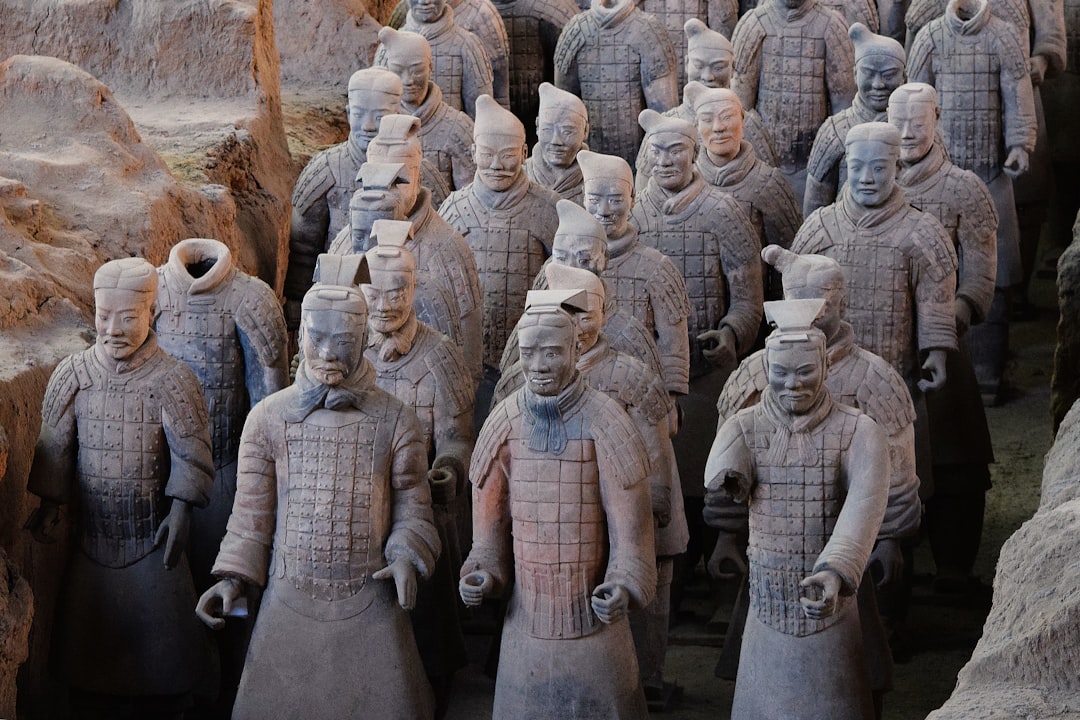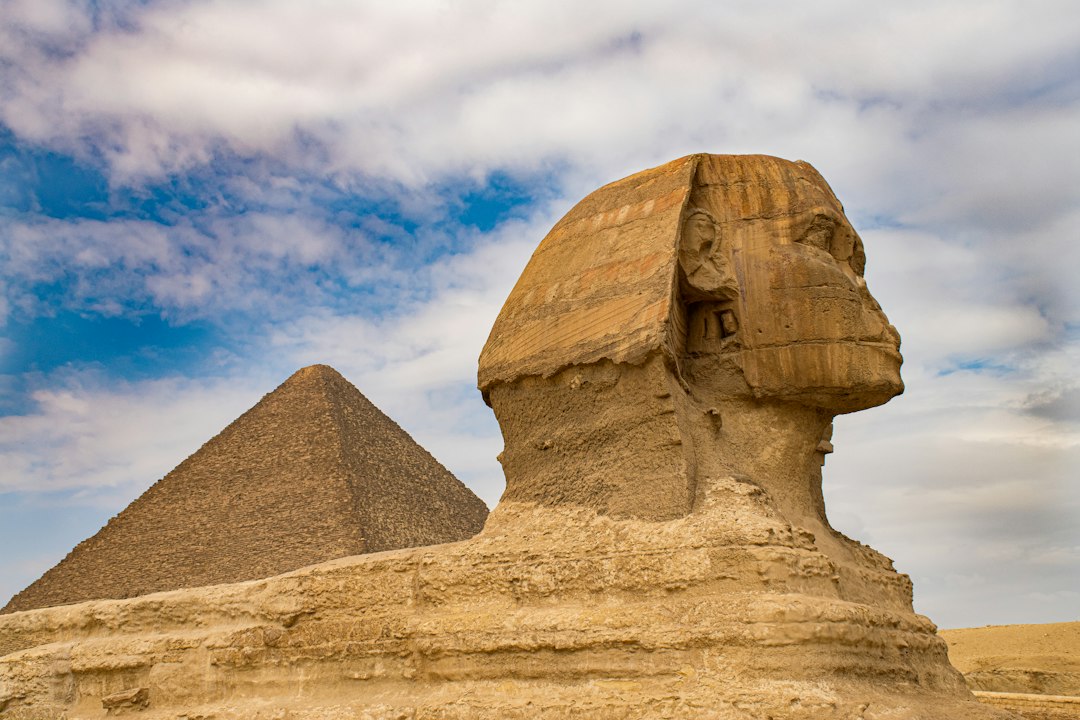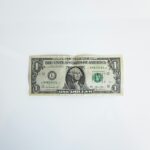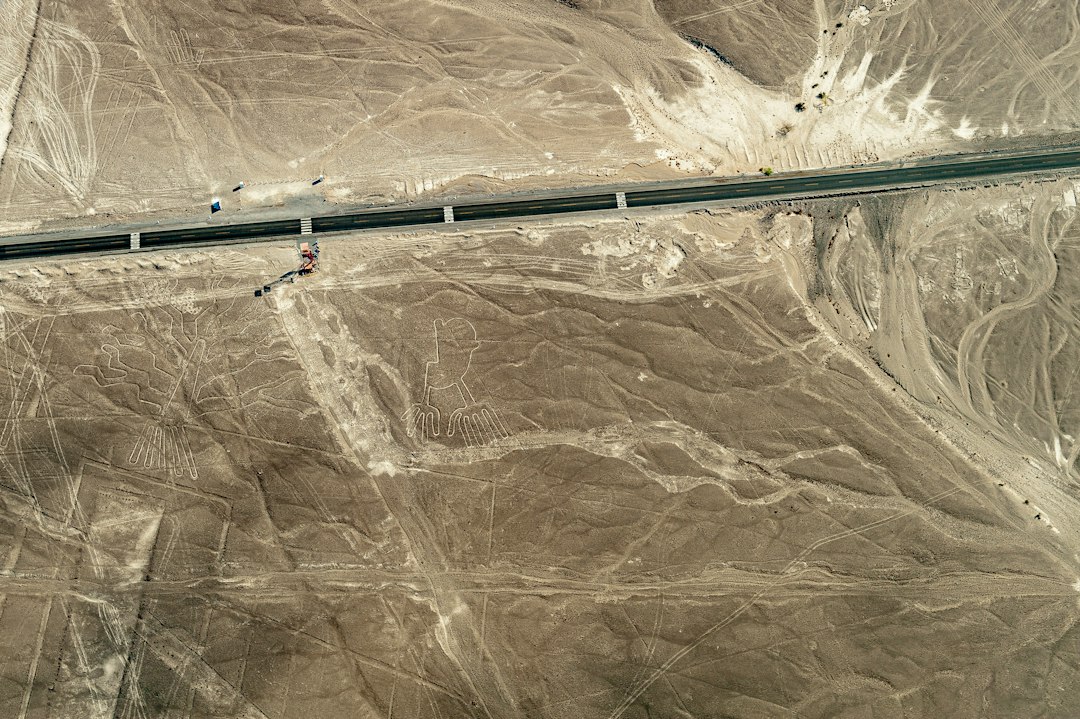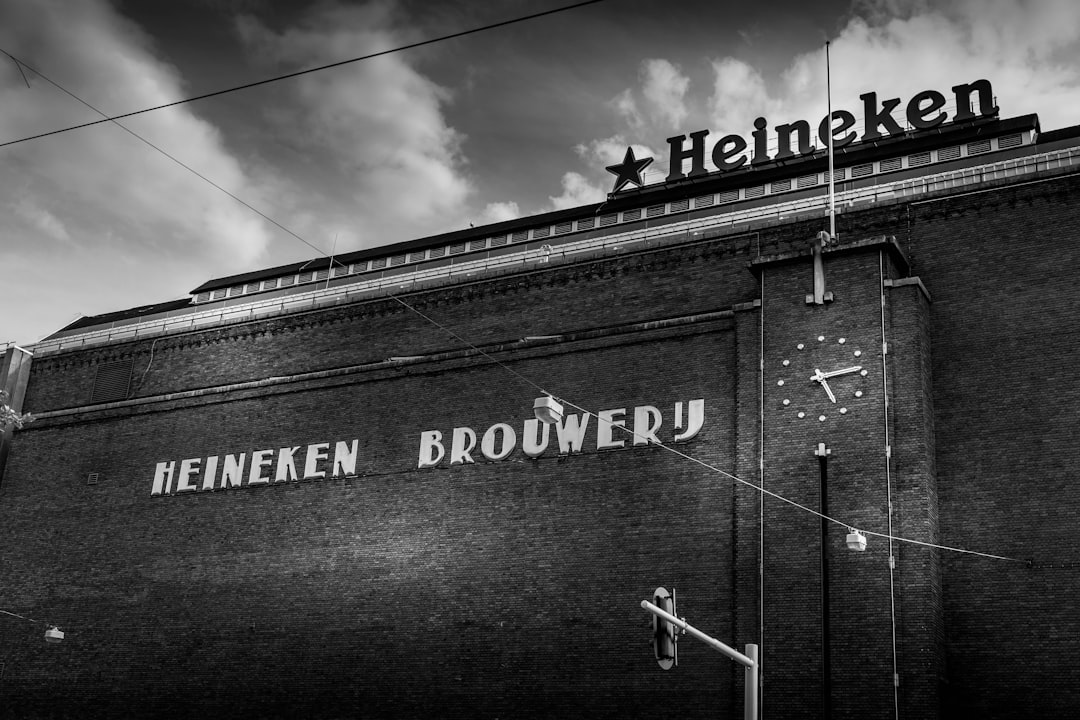The Terracotta Army is one of the most remarkable archaeological discoveries in the world. Located in the Shaanxi province of China, this ancient site is home to thousands of life-sized terracotta figures that were buried with the first emperor of China, Qin Shi Huang, over 2,000 years ago. The discovery of the Terracotta Army has provided valuable insights into the history and culture of ancient China.
The history of the Terracotta Army dates back to the third century BCE when Qin Shi Huang became the first emperor to unify China. In order to protect himself in the afterlife, he ordered the construction of a massive mausoleum that would serve as his final resting place. The mausoleum complex covers an area of over 20 square miles and is believed to contain thousands of terracotta warriors, horses, and chariots.
The significance of the Terracotta Army in Chinese history and culture cannot be overstated. It not only represents the power and authority of Qin Shi Huang but also reflects the military might and organizational skills of ancient China. The site has become a symbol of national pride and has been recognized as a UNESCO World Heritage Site since 1987.
Key Takeaways
- The Terracotta Army is a historical site in China that features thousands of life-sized clay figures.
- The army was discovered in 1974 by farmers digging a well, and is believed to have been created over 2,000 years ago.
- The purpose of the army was to protect the tomb of Emperor Qin Shi Huang, and each warrior was crafted with unique features and weapons.
- The figures were made using a combination of molds and hand-sculpting, and were painted with bright colors that have since faded.
- The Terracotta Army is a significant part of Chinese history and culture, and its legacy continues to impact modern-day China through tourism and preservation efforts.
The Discovery of the Terracotta Army: Unearthing China’s Ancient Past
The discovery of the Terracotta Army was accidental and occurred in 1974 when a group of farmers was digging a well near the city of Xi’an. While digging, they stumbled upon fragments of pottery and bronze weapons, which led them to believe that they had found something significant. They reported their findings to local authorities, who then alerted archaeologists.
Archaeologists began excavating the site and soon realized that they had stumbled upon something extraordinary. They uncovered an army of life-sized terracotta warriors, each with unique facial features and hairstyles. The discovery of the Terracotta Army was a turning point in our understanding of ancient China and provided valuable insights into the military and cultural practices of the time.
The archaeological significance of the discovery cannot be overstated. The Terracotta Army is the largest known underground military museum in the world, and it has provided archaeologists with a wealth of information about ancient Chinese warfare, art, and culture. The site continues to be excavated, and new discoveries are made on a regular basis.
The Emperor’s Army: Understanding the Purpose and Significance of the Terracotta Warriors
The Terracotta Army was created to serve as an army for Qin Shi Huang in the afterlife. It was believed that the emperor would continue to rule in death, and he needed an army to protect him from any potential threats. The figures were meticulously crafted to resemble real soldiers, with each one having unique facial features, hairstyles, and armor.
The significance of the Terracotta Army goes beyond its role as a funerary object. It represents the power and authority of Qin Shi Huang and his desire for immortality. The creation of such a massive army required immense resources and manpower, which demonstrates the emperor’s ability to mobilize his subjects.
The figures also hold cultural significance in Chinese society. They are seen as symbols of strength, unity, and loyalty. The Terracotta Army has become an iconic image of China and is often used to represent the country in international events and exhibitions.
The Making of the Terracotta Army: Techniques and Materials Used in Creating the Figures
| Technique | Material Used | Quantity |
|---|---|---|
| Molding | Clay | Over 8,000 figures |
| Assembly | Wooden frames | Used to support the figures during construction |
| Painting | Pigments made from minerals and plants | Used to add color to the figures |
| Firing | Kilns | Used to harden the clay and make it durable |
| Detailing | Tools made from bamboo and animal hair | Used to add intricate details to the figures |
The terracotta warriors were made using a combination of clay, water, and other materials such as straw and wood. The clay was molded into various shapes and then fired in kilns to harden it. Once hardened, the figures were painted with bright colors to give them a lifelike appearance.
The materials used in creating the figures were readily available in the region, which made the production process relatively efficient. The clay used was sourced from local riverbeds, and the other materials were easily obtained from the surrounding area.
The techniques used in making the Terracotta Army were highly advanced for their time. The craftsmen who created the figures had a deep understanding of anatomy and were able to accurately depict the human form. They also had a keen eye for detail, as evidenced by the individualized facial features and hairstyles of each warrior.
The Terracotta Army’s Unique Features: Examining the Individuality of Each Warrior
One of the most fascinating aspects of the Terracotta Army is the individuality of each warrior. Despite being part of a massive army, each figure has unique facial features, hairstyles, and armor. This attention to detail is a testament to the skill and craftsmanship of the ancient Chinese artisans.
The differences in appearance between the figures have led to speculation about their origins. Some believe that they were modeled after real soldiers who served in Qin Shi Huang’s army, while others think that they were created based on a set of standardized templates. The exact reason for the individuality of each warrior remains a mystery.
One possible reason for the individuality of each warrior is that it was meant to reflect the diversity of Qin Shi Huang’s empire. China at that time was made up of various ethnic groups, and it is possible that the emperor wanted his army to represent this diversity. Another theory is that the individualized features were meant to confuse potential enemies, making it more difficult for them to identify and target specific soldiers.
The Mysteries of the Terracotta Army: Unanswered Questions and Theories

While much has been learned about the Terracotta Army since its discovery, there are still many unanswered questions about the site. One of the biggest mysteries is why Qin Shi Huang chose to create such a massive army for his afterlife. Some believe that he was influenced by the belief in the afterlife that was prevalent in ancient China, while others think that it was a display of his power and authority.
Another unanswered question is how the figures were created with such precision and accuracy. The level of detail in each warrior is remarkable, and it is unclear how the ancient Chinese artisans were able to achieve this level of craftsmanship. Some theories suggest that they used molds or templates to create the figures, while others believe that they relied on their own artistic skills.
The purpose of the underground complex is also a subject of debate. While it is clear that it was meant to serve as a mausoleum for Qin Shi Huang, the exact function of the Terracotta Army within the complex is still unknown. Some theories suggest that it was meant to protect the emperor in the afterlife, while others think that it was a symbolic representation of his power and authority.
The Significance of the Terracotta Army in Chinese History and Culture
The Terracotta Army holds immense significance in Chinese history. It represents a pivotal moment in the country’s past when China was unified under one ruler for the first time. The construction of such a massive army demonstrates the military might and organizational skills of ancient China.
The site also holds cultural significance in Chinese society. The Terracotta Army has become a symbol of national pride and is often used to represent China in international events and exhibitions. It has also inspired countless works of art, literature, and film, further cementing its place in Chinese culture.
The Legacy of the Terracotta Army: Its Impact on Modern-Day China
The discovery of the Terracotta Army has had a profound impact on modern-day China. It has become a major tourist attraction, drawing millions of visitors from around the world each year. The site has also generated significant revenue for the local economy and has helped to boost tourism in the region.
The Terracotta Army has also had a lasting impact on Chinese culture. It has inspired a renewed interest in the country’s ancient history and has sparked a sense of national pride. The figures have become iconic symbols of China and are often used in advertising, fashion, and other forms of popular culture.
Conservation Efforts: Preserving the Terracotta Army for Future Generations
Preserving the Terracotta Army is a top priority for Chinese authorities. The site is vulnerable to damage from natural elements such as humidity and temperature fluctuations, as well as human activities such as tourism. Efforts have been made to protect the figures, including the construction of a protective cover over the excavation site.
Conservation efforts also include ongoing research and documentation of the site. Archaeologists continue to study the Terracotta Army in order to gain a better understanding of its history and significance. This research is crucial for preserving the site and ensuring that future generations can learn from it.
Challenges in preserving the figures include the fragility of the terracotta material and the sheer number of figures that need to be protected. The delicate nature of the clay means that it can easily be damaged if not handled with care. Additionally, the large number of figures makes it difficult to monitor and maintain each one individually.
Visiting the Terracotta Army: Tips for Tourists and Travelers to the Historical Site
For tourists planning to visit the Terracotta Army, there are a few tips to keep in mind. Firstly, it is advisable to book tickets in advance, especially during peak tourist seasons. This will help avoid long queues and ensure a smooth visit.
Secondly, it is important to wear comfortable shoes and clothing as there is a lot of walking involved at the site. The complex covers a large area, and visitors will need to walk between different pits and exhibition halls.
Lastly, it is recommended to hire a local guide or join a guided tour. This will provide valuable insights into the history and significance of the Terracotta Army. Guides can also help navigate the site and provide information about the different exhibits.
In conclusion, the Terracotta Army is a remarkable archaeological site that offers a glimpse into the history and culture of ancient China. The discovery of the figures has provided valuable insights into the military and cultural practices of the time. The site holds immense significance in Chinese history and culture and continues to inspire awe and fascination in visitors from around the world. Efforts are being made to preserve the figures for future generations, ensuring that their legacy will live on.
FAQs
What is the Terracotta Army?
The Terracotta Army is a collection of terracotta sculptures depicting the armies of Qin Shi Huang, the first Emperor of China. It is located in the city of Xi’an, Shaanxi Province, China.
When was the Terracotta Army discovered?
The Terracotta Army was discovered in 1974 by local farmers digging a well. It is estimated to have been buried in 210–209 BCE.
How many terracotta soldiers are in the Terracotta Army?
The Terracotta Army consists of over 8,000 life-size terracotta soldiers, as well as horses, chariots, and other figures.
What was the purpose of the Terracotta Army?
The Terracotta Army was created to protect the tomb of Qin Shi Huang in the afterlife. It was believed that the emperor would continue to rule in the afterlife, and he needed an army to protect him.
What is the significance of the Terracotta Army?
The Terracotta Army is considered one of the greatest archaeological discoveries of the 20th century. It provides valuable insights into the military, artistic, and cultural achievements of the Qin Dynasty.
Can visitors see the Terracotta Army?
Yes, visitors can see the Terracotta Army at the Museum of Qin Terracotta Warriors and Horses in Xi’an, China. The museum attracts millions of visitors each year.

